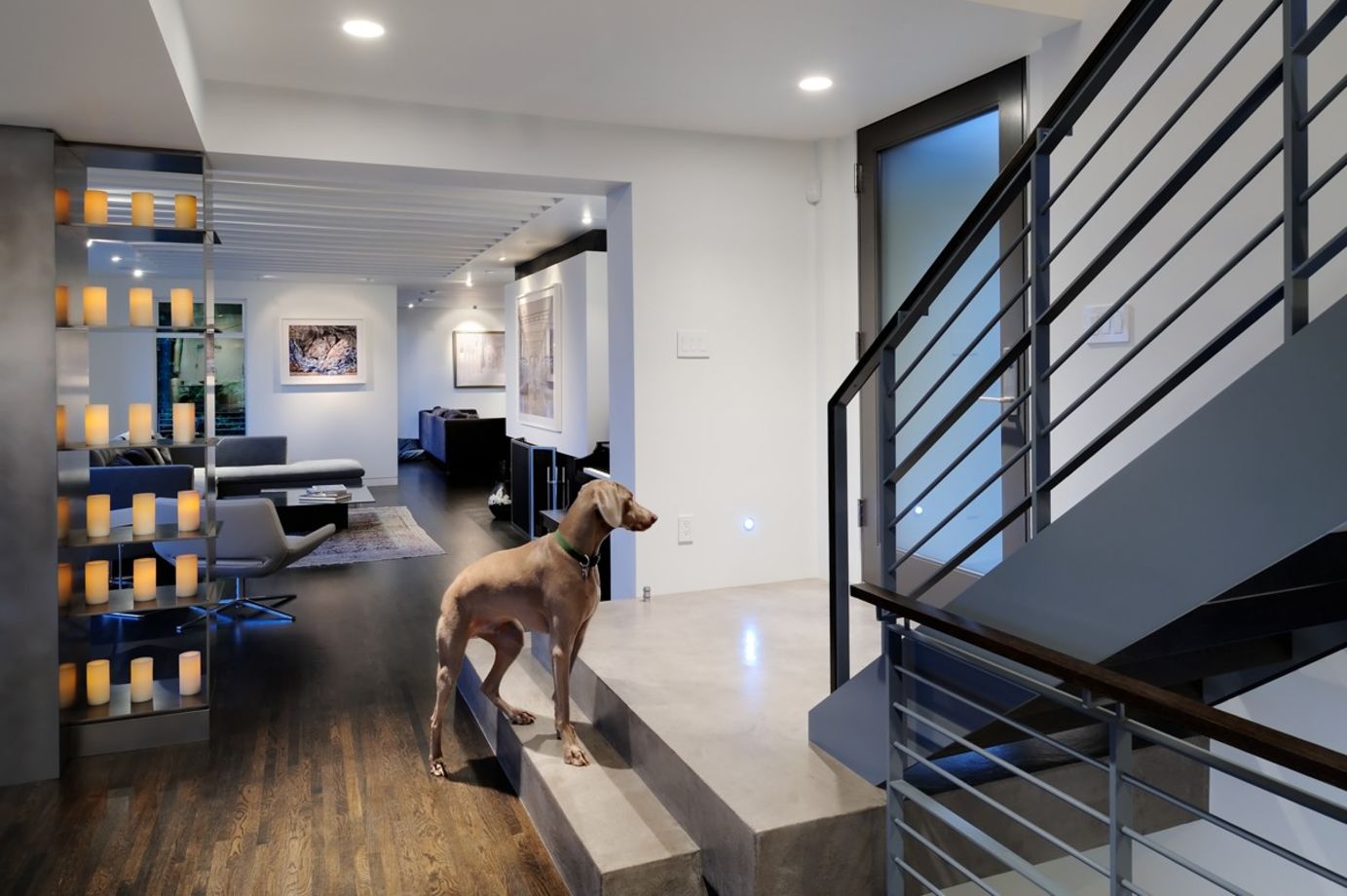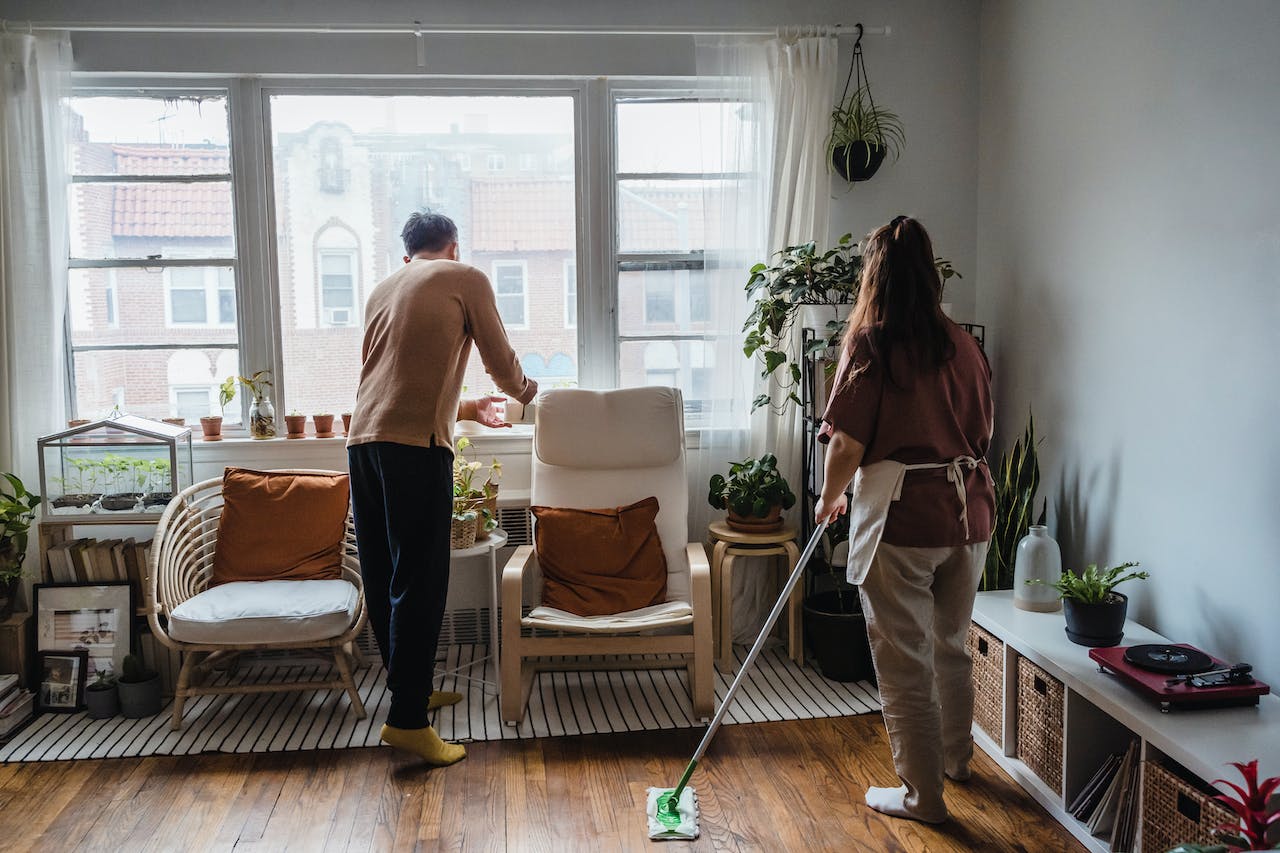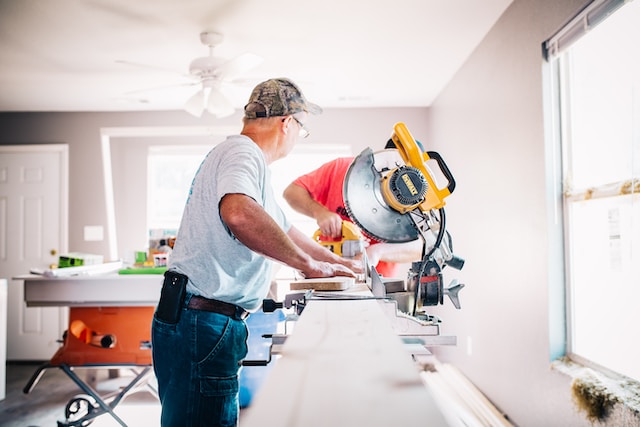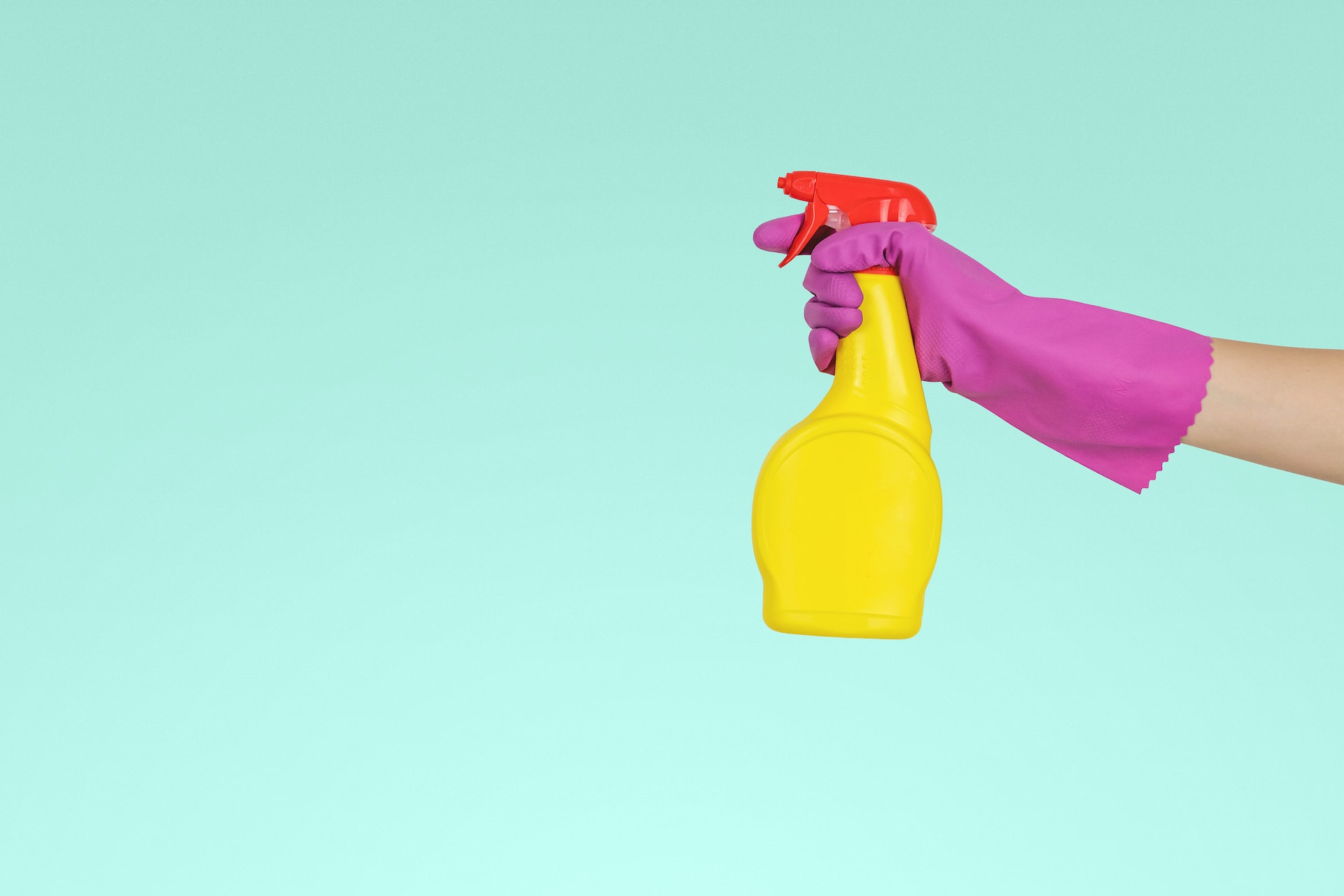I remember it as clear as day the first time I brought my puppy home. It was all flowers and rainbows until we got home, and my little ball ‘o fluff squatted. In that slow-motion moment, I knew my apartment would never be the same. Having said that, being a pet parent is totally worth all the puppyhood moments of barking, scratching, and accidents, but you have to consider what happens when it comes time to move out or sell your home? If you leave it as is, you’re either going to be losing your security deposit or getting a lower home valuation if you’re selling. With those thoughts in mind, here are a few of the best tips to help you repair pet damage.
Fix Your Flooring

If your home has hardwood floor, it probably has a polyurethane seal. Though this acts as a barrier, it can’t completely protect the floor from urine stains or scratches made by untrimmed claws. Don’t worry, there are plenty of ways you can undo the damage before selling.
Surface level scratches can easily be covered with a stain-filled marker. Deeper scratches or gouges, on the other hand, need to be repaired with wood filler and sanded down. When you re-stain the floor, start with the lightest stain possible, let it fully dry and then continue to stain it darker if necessary.
For large areas that have been scratched, you should sand them, re-stain them and reseal them with polyurethane. Not only should you try your best to coordinate the stain with the rest of the floor, but you should also find a sheen that matches the current finish.
Unfortunately, even well-sealed floors can be affected by urine damage, causing discoloration and an awful stench. If the stain is light, you’re in luck. Just sand the area, clean it thoroughly with wood bleach and refinish it. For darker stains or affected areas that have been scrubbed but still smell bad, you may have to replace the boards entirely.
Repaint The Walls
An enthusiastic pup or curious cat may end up damaging your walls while they play. While it won’t bother them, it can be a real headache for you. If your pet has damaged your wallpaper, it’s almost impossible to truly repair. For materials like sheetrock or paneling, here are the steps you should follow.
Start by sanding the damaged area to clear away any debris and make the surface even. Then you can use spackle to fill in the holes. Depending on the extent of the damage, you may need to cover the wall with multiple layers of spackle.
It’s important to let each layer dry completely before starting a new one. To speed up the drying process, you can use a hair dryer. Once you’re finished with the spackle, sand the area again to smooth it out to your liking. Finally, cover it with primer and paint it.
Repair Your Furniture

In a moment of confusion, your adorable puppy thought your dining chair was a chew toy, leaving unmistakable bite marks in the leg. His punishment has long since passed, and now it’s time for you to work a little DIY magic.
First, prep the damaged area by scoring it with hatch marks using a utility knife. Be sure to scrape away any frayed wood edges sticking out. Then, mix up a small portion of auto-body filler. If there are numerous damaged spots, mix up a little for each instead of one big batch — this will help it dry quickly.
Apply the auto-body filler to the area, let it mostly dry, and then slice off any excess and reshape it. Once it’s totally dry, sand it smooth using a wax fill stick crayon to fill in any pores. This wax can be rubbed in with thick paper, like a business card.
Now you get to play artist! Use your best judgment when mixing colors of acrylic paint, coating the area in two or three layers to give it the appearance of wood grain. After it dries, cover it with a clear coat and rub it gently with steel wool to reach the desired shininess. If you’ve done detailed work, the area will blend right in and your fix-up job won’t even be noticeable.
Rejuvenate the Lawn

Your backyard is the expected place for your dog to do his business, but because of the nitrogen content in his waste, it can do serious damage to your lawn. It doesn’t seem fair, does it? Luckily, there are ways you can combat the damage and keep the grass greener on your side of the fence.
Watering your yard regularly can prevent the urine from really soaking in and doing as much damage. However, there are several additional ways to make sure your lawn stays healthy. Rake it well in the spring to remove any debris left in the winter, including your dog’s droppings. If one patch is looking especially sick, sprinkle some grass seed on it, cover the seeds with compost and water them lightly. Soon enough, the grass will fill in and be the same height as the rest of the yard.
The Bottom Line: Potential Buyers (or Your Landlord) Never Have to Know
Pet owners know that their finicky cat or energetic dog is well worth the hassle, but homeowners and renters still need to properly deal with the damage their pets leave behind — especially when preparing to sell. No matter what kind of catastrophe your pet sends your way, these tips will help you repair pet damage and make sure potential buyers or your landlord will be none the wiser.
This article was originally published on Your Wild Home




